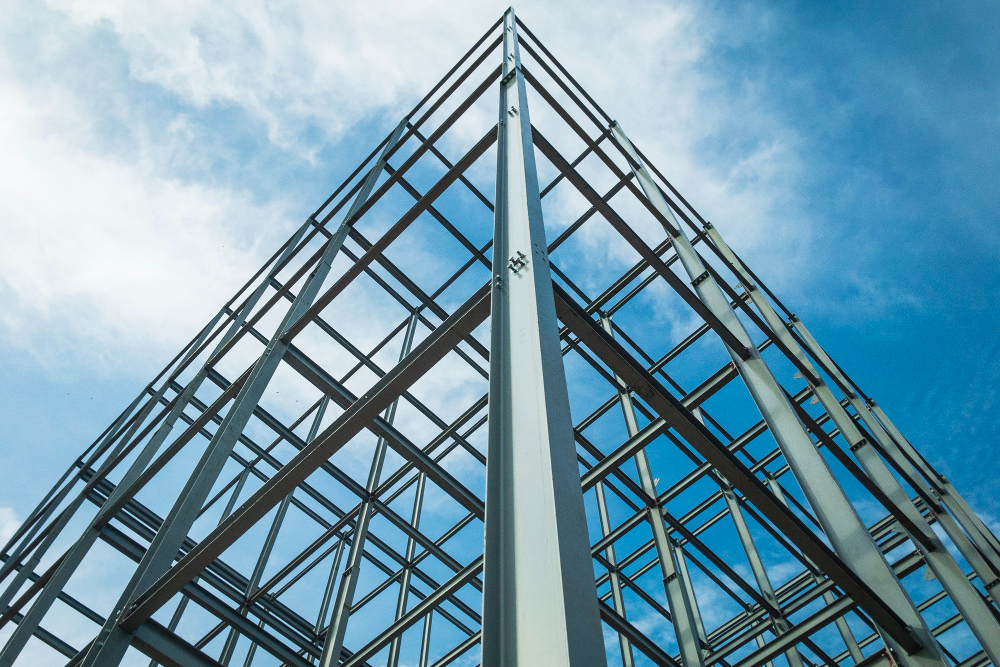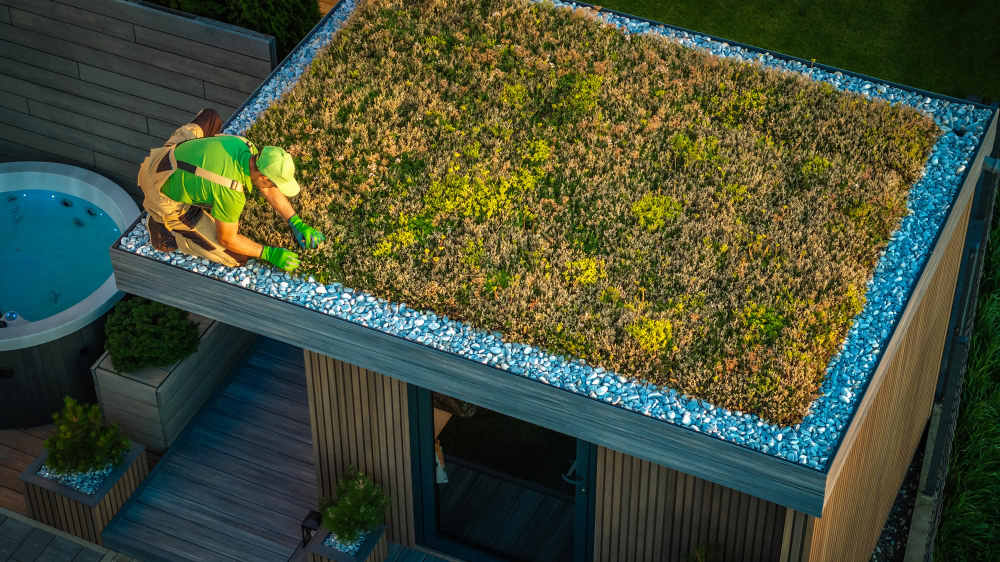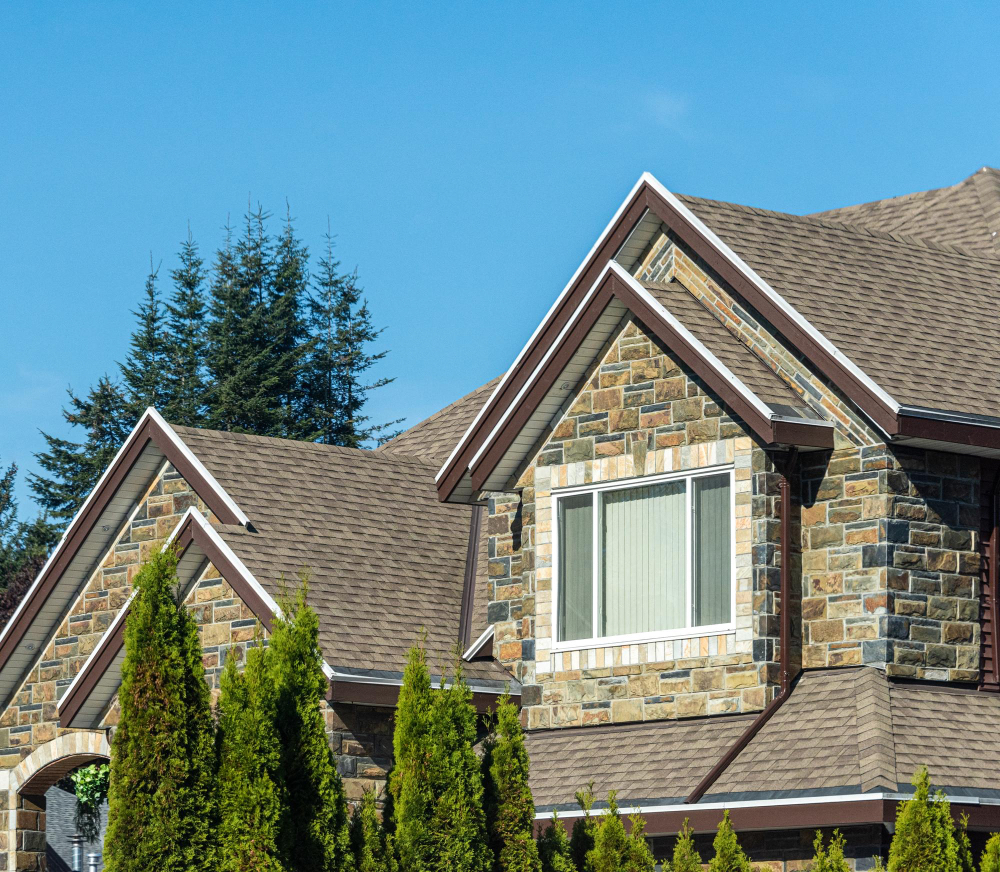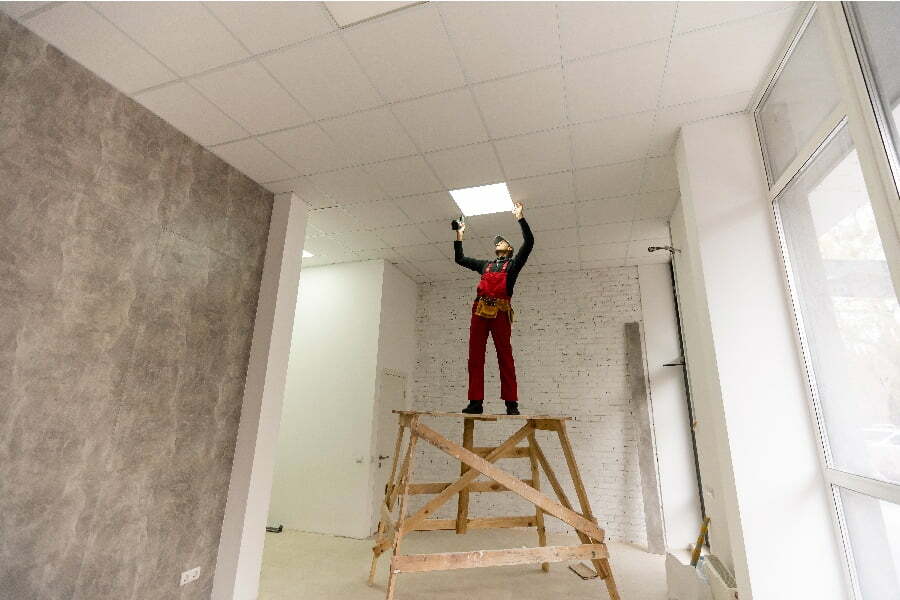Last updated on
In today’s rapidly changing world, sustainability isn’t just a buzzword—it’s a necessary practice. As urban areas expand and homeowners become increasingly environmentally-conscious, builders are presented with the opportunity to adapt their methods and materials.
One such area ripe for sustainable transformation is fencing. Here’s a comprehensive guide on how builders can sustainably utilize fencing.
Understanding Sustainable Fencing

Sustainable fencing refers to the practice of selecting, installing, and maintaining fences in a way that minimizes negative environmental impacts, while also being durable and effective.
It encompasses using renewable or recycled materials, reducing waste, and ensuring that the fence serves its purpose for a long time without frequent replacements.
Benefits of Sustainable Fencing
- Environmental Protection: Reduces deforestation, minimizes waste, and limits the use of harmful chemicals.
- Cost-Effective: Although the initial investment might be higher, long-term maintenance and replacement costs can be lower.
- Enhanced Durability: Sustainable materials often resist pests, rot, and weathering, ensuring a longer lifespan.
- Consumer Demand: As homeowners become more eco-conscious, offering sustainable fencing options can be a market differentiator.
Sustainable Materials for Fencing
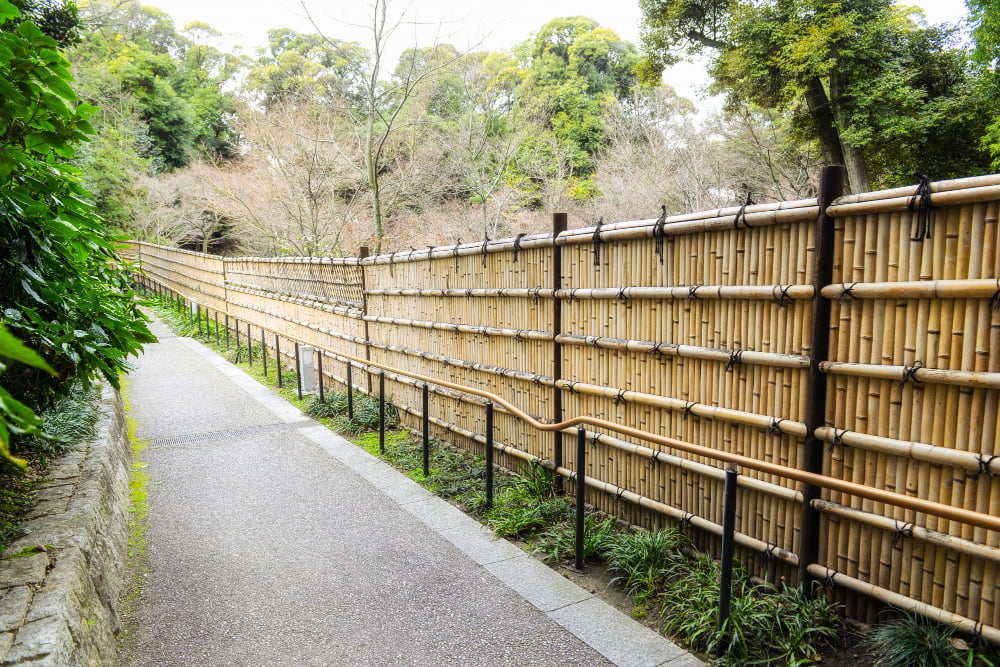
- Bamboo: A rapidly renewable resource, bamboo can grow up to three feet a day. It’s sturdy, resistant to pests, and can serve as an attractive fencing material.
- Recycled Wood and Plastic Composite: This blends the aesthetics of wood with the durability of plastic, reducing the need for new raw materials and repurposing plastic waste.
- Salvaged Wood: Using reclaimed or salvaged wood not only prevents deforestation but also offers a rustic, unique look.
- Recycled Metal: Instead of mining new ores, using recycled metal for fences reduces energy consumption and environmental degradation.
Eco-Friendly Installation and Maintenance
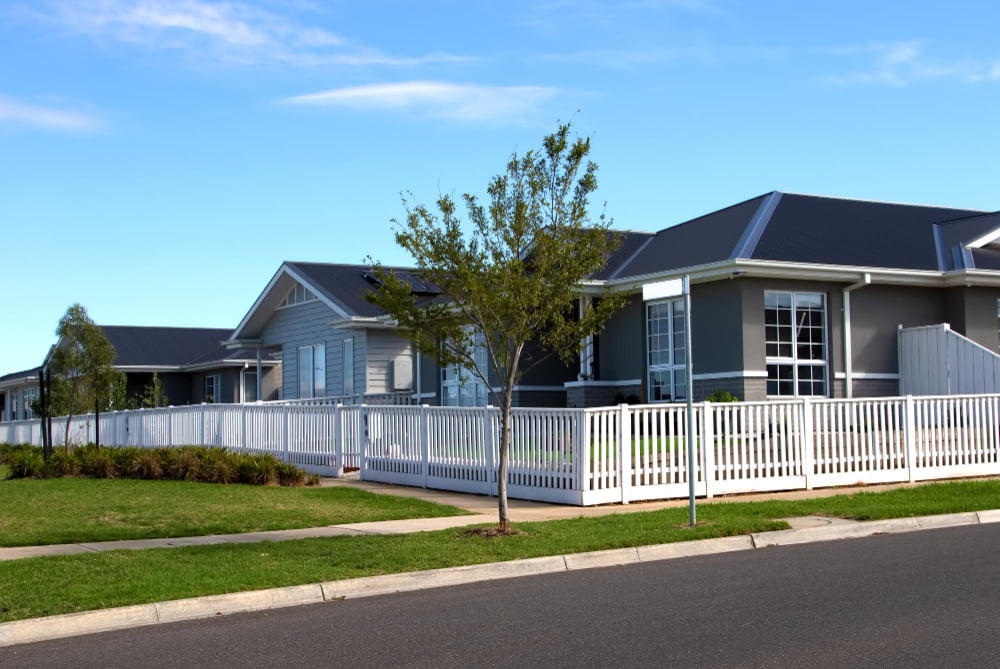
- Limit Chemical Use: Choose natural treatments and stains over chemically-laden ones. This reduces soil and water contamination.
- Opt for Manual Installation: Where possible, use manual tools instead of fuel-driven machinery to limit carbon emissions.
- Plant-Based Maintenance: Instead of chemical herbicides to prevent weed growth around fences, opt for plant-based or organic solutions.
Innovative Sustainable Fencing Practices
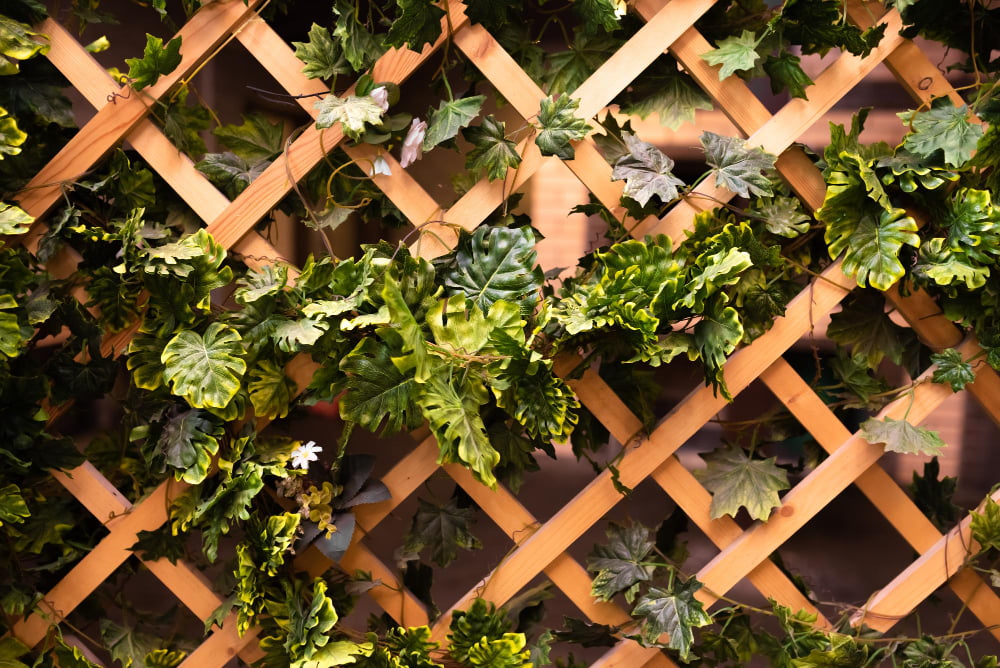
- Living Fences: Composed of shrubs, trees, or other greenery, living fences not only demarcate boundaries but also improve air quality, provide habitats for local fauna, and enhance aesthetic appeal.
- Green Walls: Especially in urban settings, fences can be equipped with vertical gardens, providing fresh produce and improving air quality.
- Dual-Purpose Fences: Combining fencing with other structures, like benches or storage units, maximizes utility while minimizing materials used.
- Solar Integration: Installing solar panels on top of fences, especially in sunny areas, can provide renewable energy, further enhancing the sustainability quotient.
Sustainable Disposal and Recycling
When fences do eventually reach the end of their lives, their materials should be disposed of or recycled responsibly.
- Composting: Biodegradable materials, like wood or bamboo, can be composted.
- Metal Recycling: Metals from old fences can be melted down and repurposed.
- Repurposing: Old fence panels can be creatively used in other building projects or as decorative elements.
Community Engagement and Education
According to these fencing contractors in Melbourne, sustainable fencing isn’t just about practices—it’s also about engaging with the community and educating clients:
- Workshops: Organize or attend workshops on sustainable building practices. This not only enhances a builder’s knowledge but also positions them as a leader in the field.
- Collaborate with Local Suppliers: Build relationships with local suppliers of sustainable fencing materials. This not only ensures a shorter supply chain (with lesser carbon footprint) but also supports local economies.
- Client Education: Inform clients about the benefits of sustainable fencing, both for the environment and their wallets. A well-informed client is more likely to make a sustainable choice.
The Global Shift Towards Sustainable Construction
As our world confronts the pressing challenges of climate change, deforestation, and resource depletion, the global construction industry is undergoing a massive shift. The evolution isn’t just within the confines of house structures; even auxiliary components like fencing are getting a green makeover.
The importance of sustainable fencing goes beyond individual homes; it reflects a broader transformation in our approach to the environment.
Holistic Approach to Sustainable Fencing
To truly achieve sustainability in fencing, builders need to adopt a holistic view. This means considering the entire life cycle of the fence, from raw material sourcing to eventual disposal.
- Sustainable Sourcing: The origin of materials matters. For instance, if you’re using bamboo, ensure it’s sourced from sustainable farms. If using wood, it should be certified by recognized entities like the Forest Stewardship Council (FSC).
- Local Procurement: Transporting materials over long distances leaves a significant carbon footprint. By sourcing materials locally, builders not only reduce this environmental impact but also support local economies and reduce transportation costs.
- Low-Impact Production: The way materials are processed can significantly affect their environmental impact. Utilizing low-energy, minimal-waste methods for transforming raw materials into fencing components is vital.
The Role of Technology in Sustainable Fencing
Innovation is spearheading the green movement in the construction industry. In the realm of fencing, technology plays a pivotal role:
- Digital Modeling: Using digital tools, builders can predict the exact amount of material needed, significantly reducing waste.
- Smart Fences: Incorporating sensors that regulate lighting or alarms based on movement or time of day can increase energy efficiency.
- Durable Finishes: Technological advancements have led to the development of eco-friendly finishes that enhance the durability of fences, reducing the need for frequent replacements and maintenance.
Embracing the Future of Green Fencing
The green revolution in the construction industry is more than a passing trend; it’s the future. As consumers become more educated and governments worldwide impose stricter environmental regulations, builders need to stay ahead of the curve.
Sustainable fencing is not merely a niche but a critical part of the broader movement towards eco-friendly construction practices. By investing time, resources, and thought into sustainable fencing now, builders are setting the stage for a more resilient, eco-conscious future.
The Takeaway
Sustainability in fencing is not just an environmental imperative; it’s a business opportunity. As builders look to the future, sustainable practices will not only help protect the planet but also meet growing consumer demand for eco-friendly homes.
By incorporating sustainable materials, innovative practices, and community engagement, builders can pave the way for a greener future, one fence at a time.
Related reading:
Table of Contents

